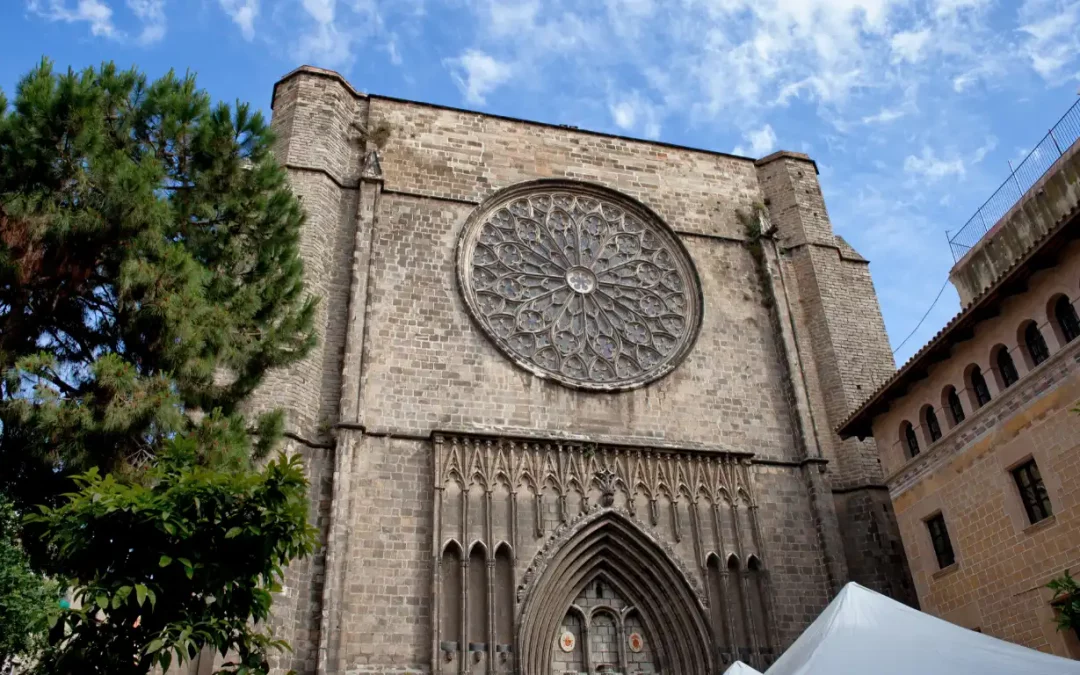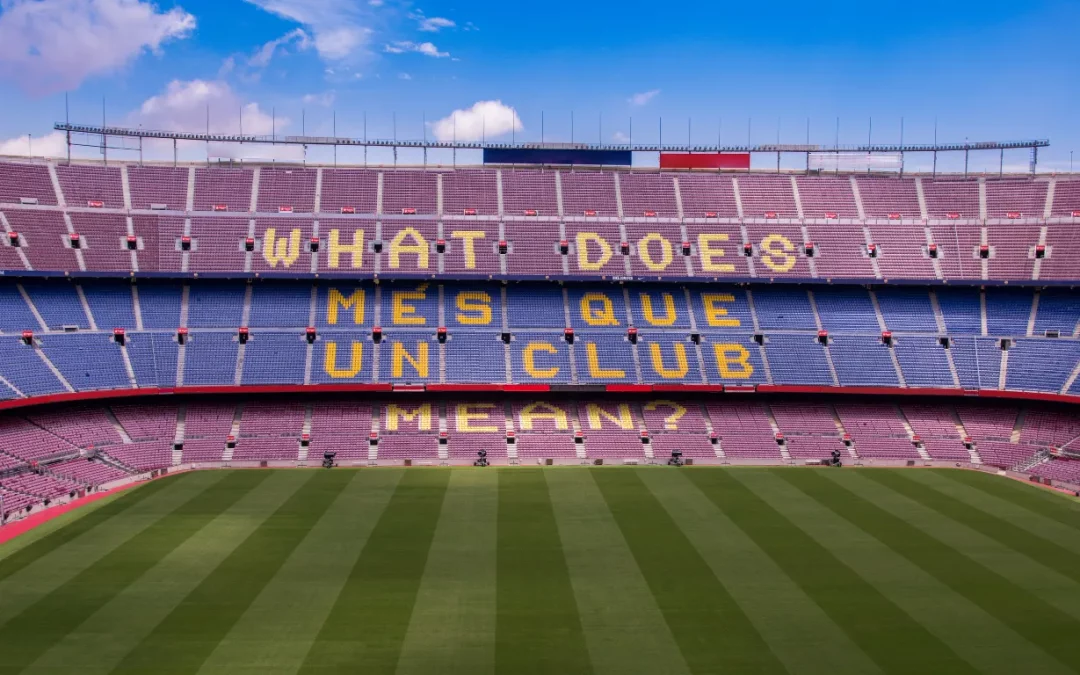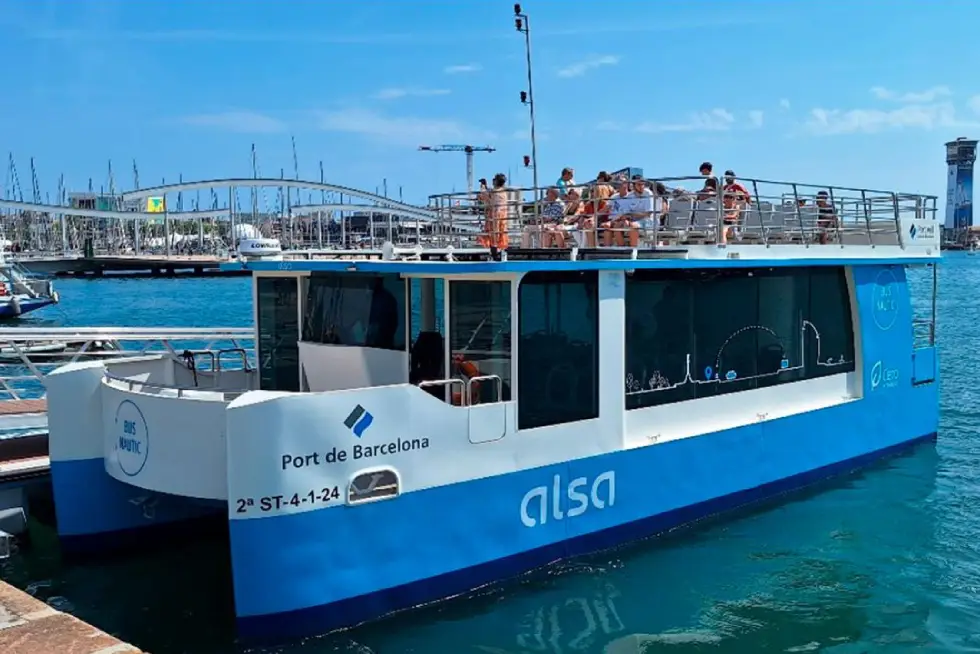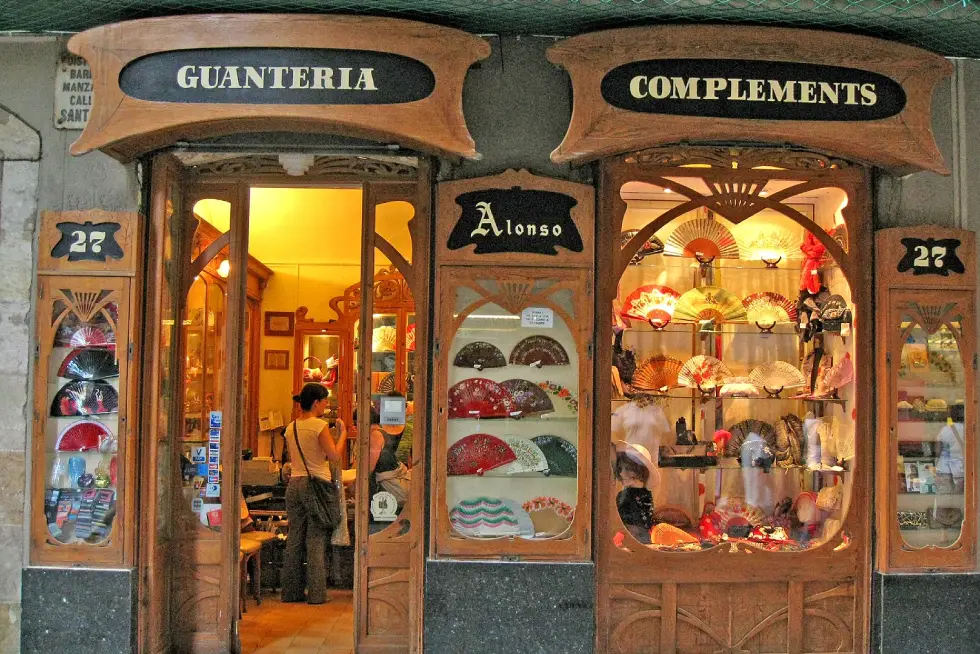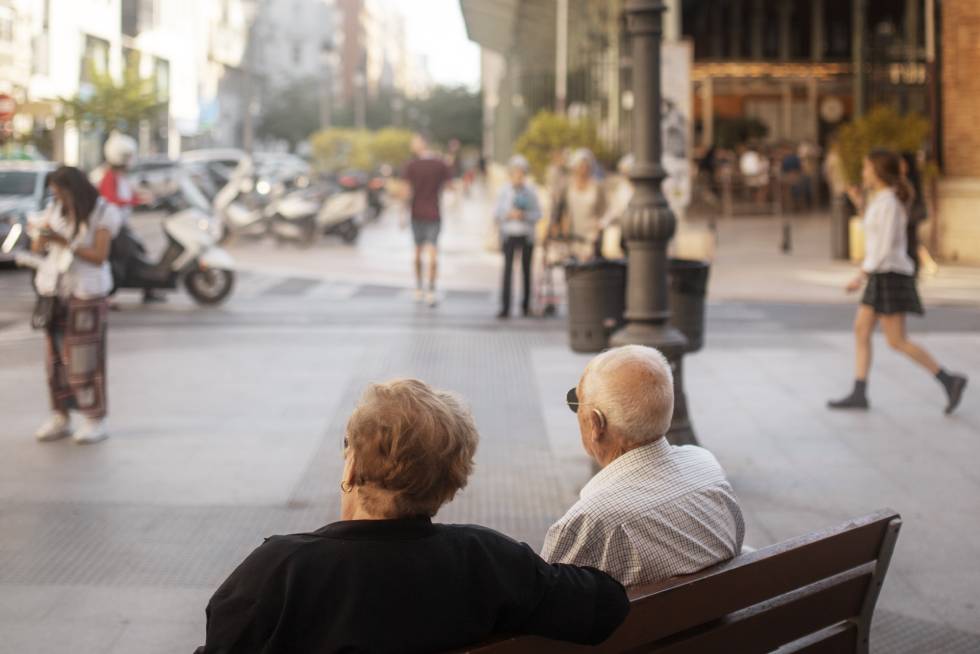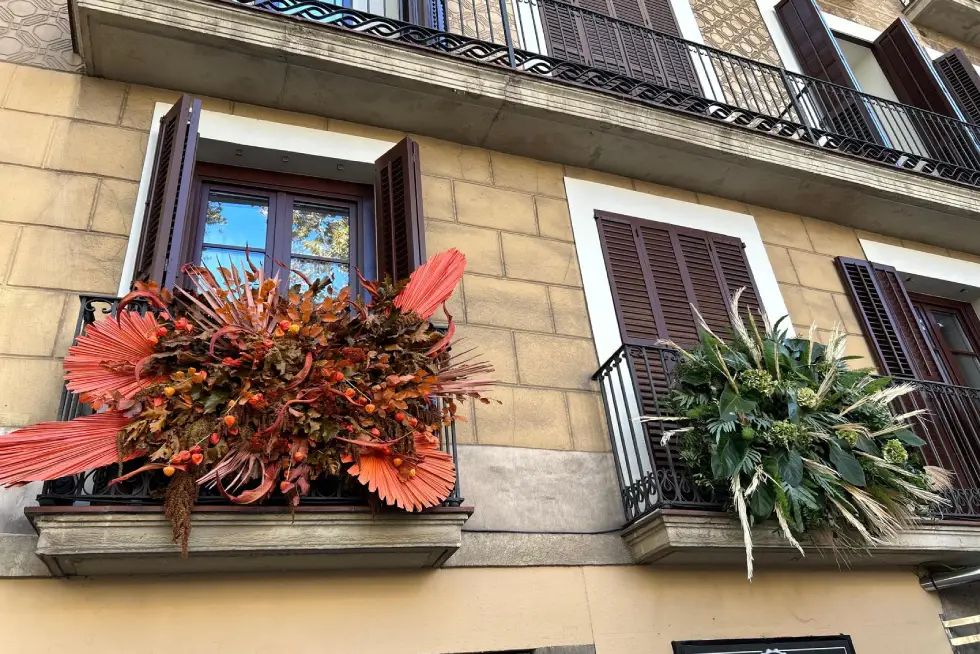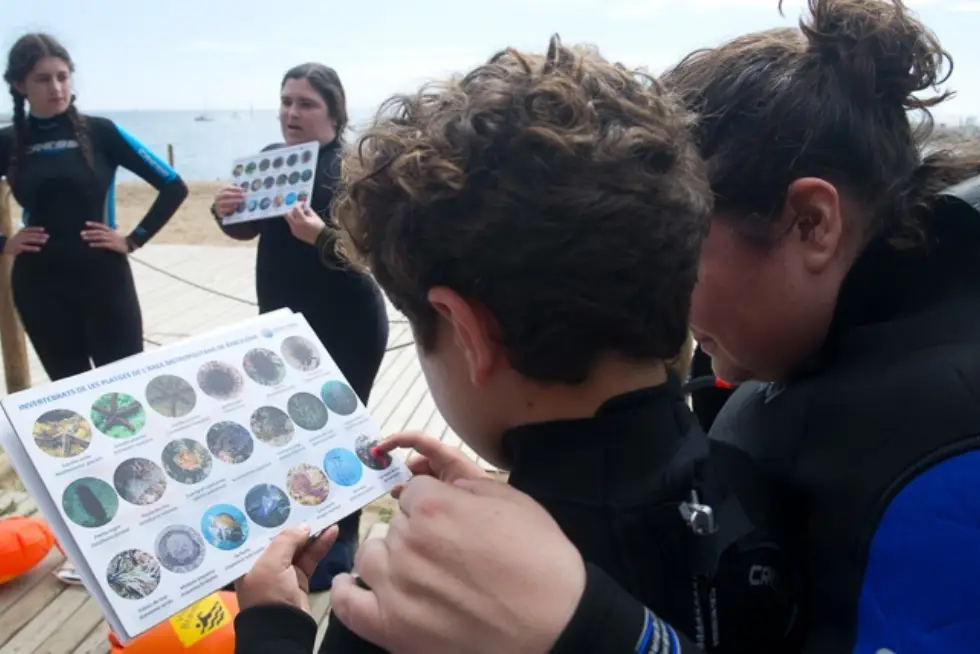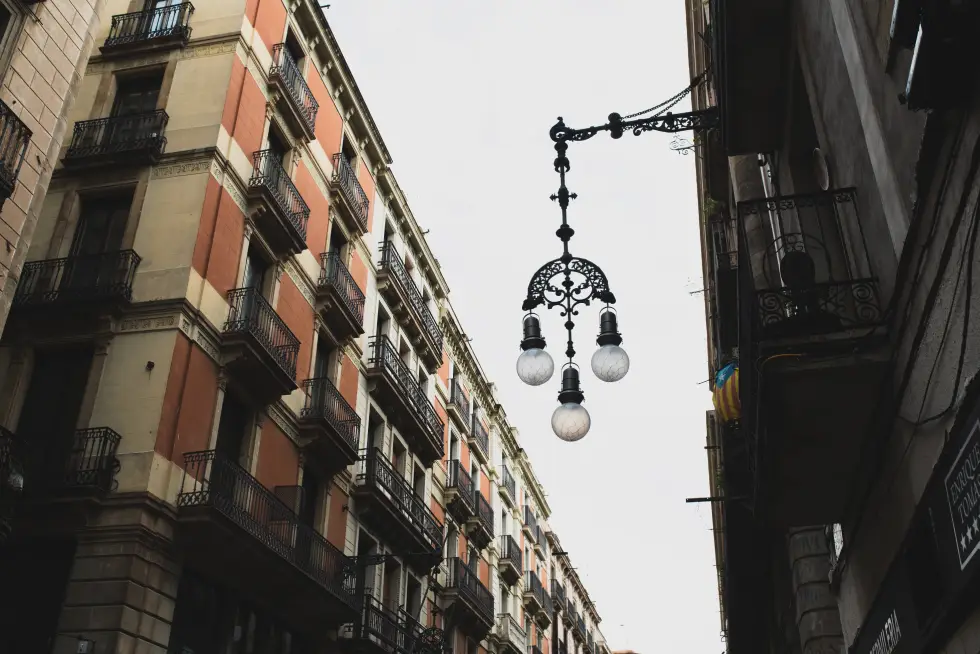The Gran Teatre del Liceu is located in the middle of La Rambla, in the section known as La Rambla dels Caputxins, and is one of the most representative buildings in Barcelona. It has more than 200 years of history and is closely connected to the civil and cultural society of Barcelona. It has a neoclassical façade and the current Theatre Hall has a traditional horseshoe shape with a capacity for 2,300 seats distributed over 6 floors.
The royal box is located in the middle of the elegant horseshoe curve. The decoration of the armchairs and the acoustics of the room make it one of the most solemn theatrical spaces of 19th century architecture.
Its origins in 1837
The construction of the Liceu was promoted by the Sociedad Dramática de Aficionados, a group of citizens fond of music and liberal ideology created in 1837. A year later, they founded the Liceo Filarmónico Dramático Barcelonés, coinciding with the reign of Isabel II and with a period of demographic expansion and cultural explosion in Barcelona.
The high bourgeoisie and the success of the Liceo Filarmónico helped to build the Teatre del Liceu in 1847 on the site of the former convent of the Trinitarios of La Rambla. The lower floors were exclusively reserved for the bourgeoisie (they could buy shares and have assigned seats), while the boxes 4º and 5º were called “the henhouse”, where the less wealthy classes had access.
On the night of its inauguration, the programme of the Teatre del Liceu included an opening, a historical opera, a ballet and a cantata. In the period between the two world wars it worked exclusively as an opera house where great artists such as Maria Callas and Enrico Caruso performed.
Two fires and a bombardment
The Liceu building suffered a first fire in 1861, which destroyed the hall and the stage. A year later it was reopened, but in 1893 an anarchist dropped two bombs from the stalls, killing 20 people. Despite the period of social and political convulsion, the Liceo managed to recover and survive intact the Spanish Civil War.
However, in 1994 it suffered a severe setback: an incident during a rehersal caused a fire that completely burned the stage and auditorium. Surprisingly, the structure and the same sections as in the 1861 fire survived, but it had a great emotional impact on Catalan society and Spanish music. The Catalan authorities and sponsoring companies managed to rebuild the theatre by giving it a better infrastructure and preserving the design of the original façade and neoclassical structure. It was reopened in 1999 with some of the most unique security measures in the world.
Currently, the Gran Teatre del Liceu offers all kinds of musical shows and can be visited with a guide. The tour includes the historical vestibule, the Hall of Mirrors, the hall annexed to the auditorium where the Catalan bourgeoisie met, and the Concert Hall, considered the largest in Europe in its class.
Hotel Arc La Rambla is located less than 100 meters from the Teatre Liceu, so a visit to this historic symbol of Barcelona is highly recommended.



